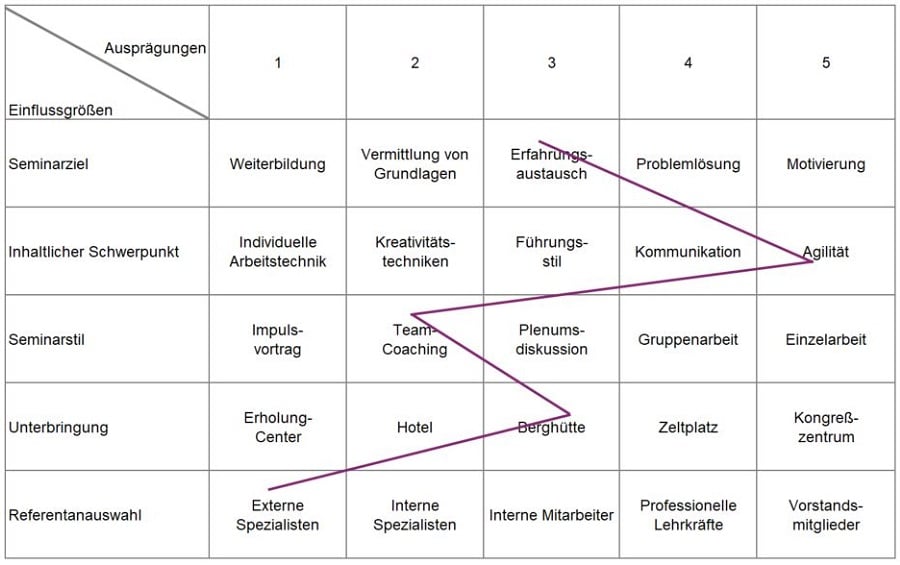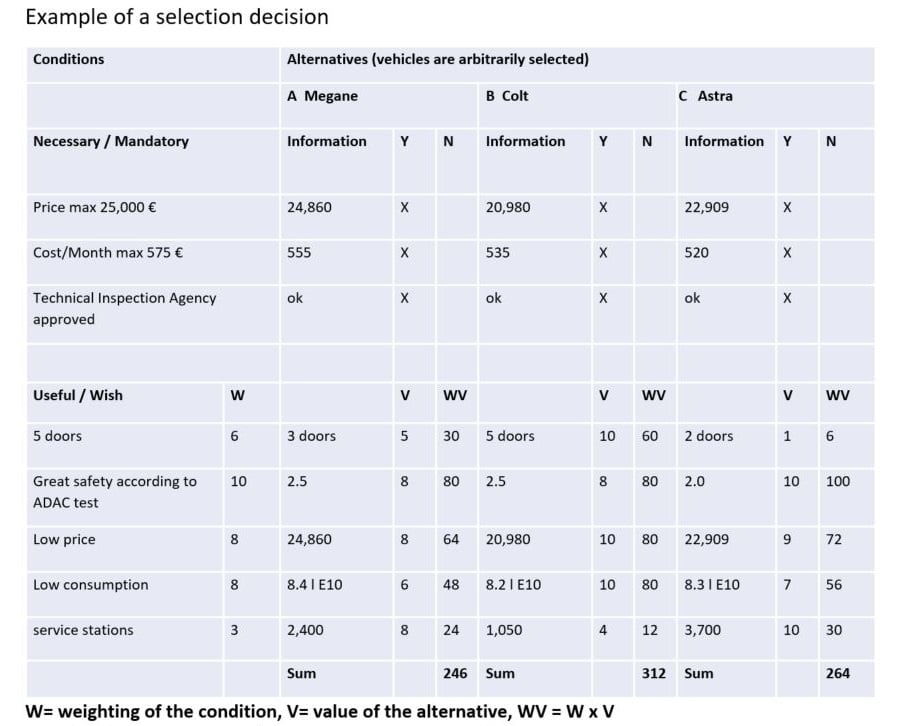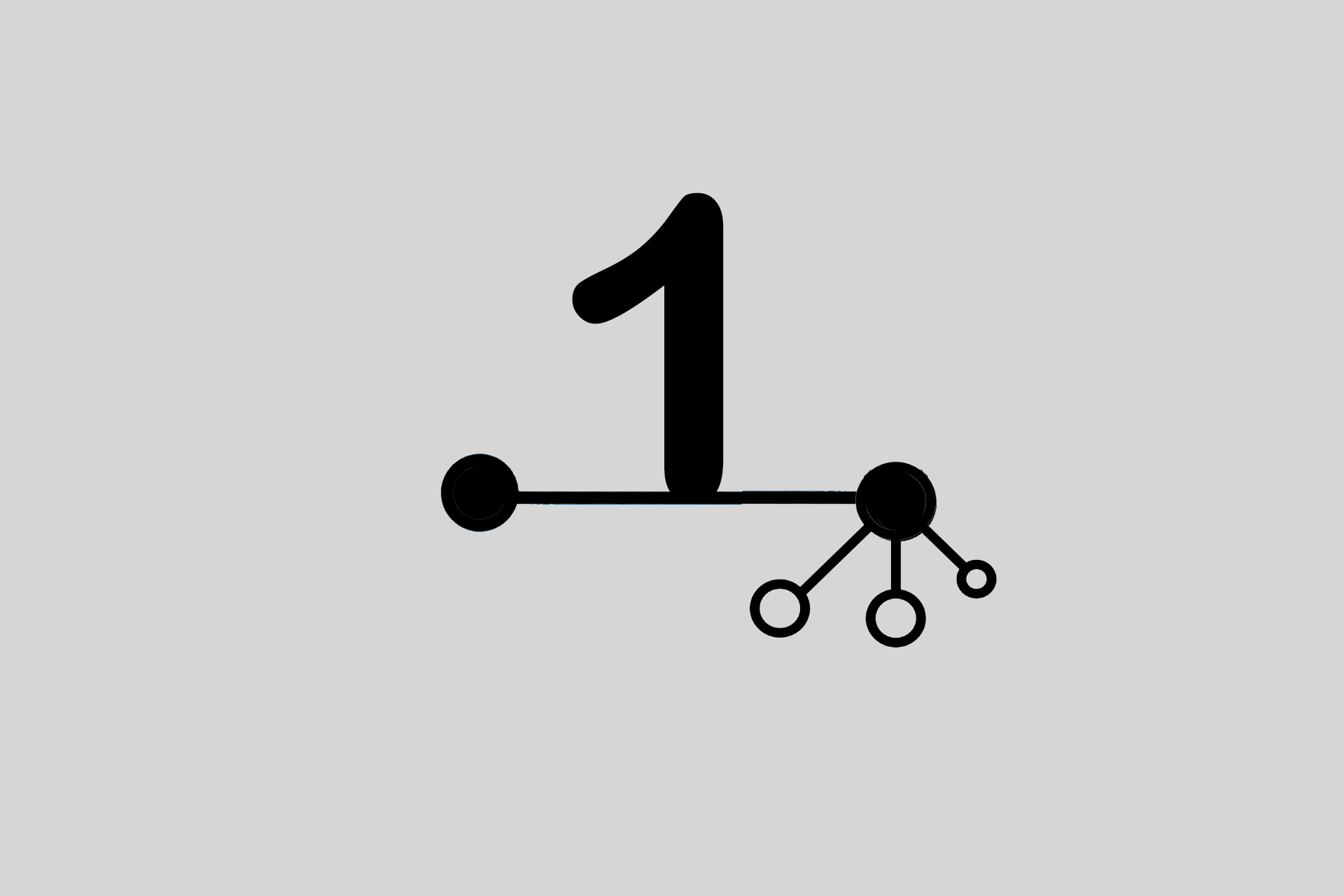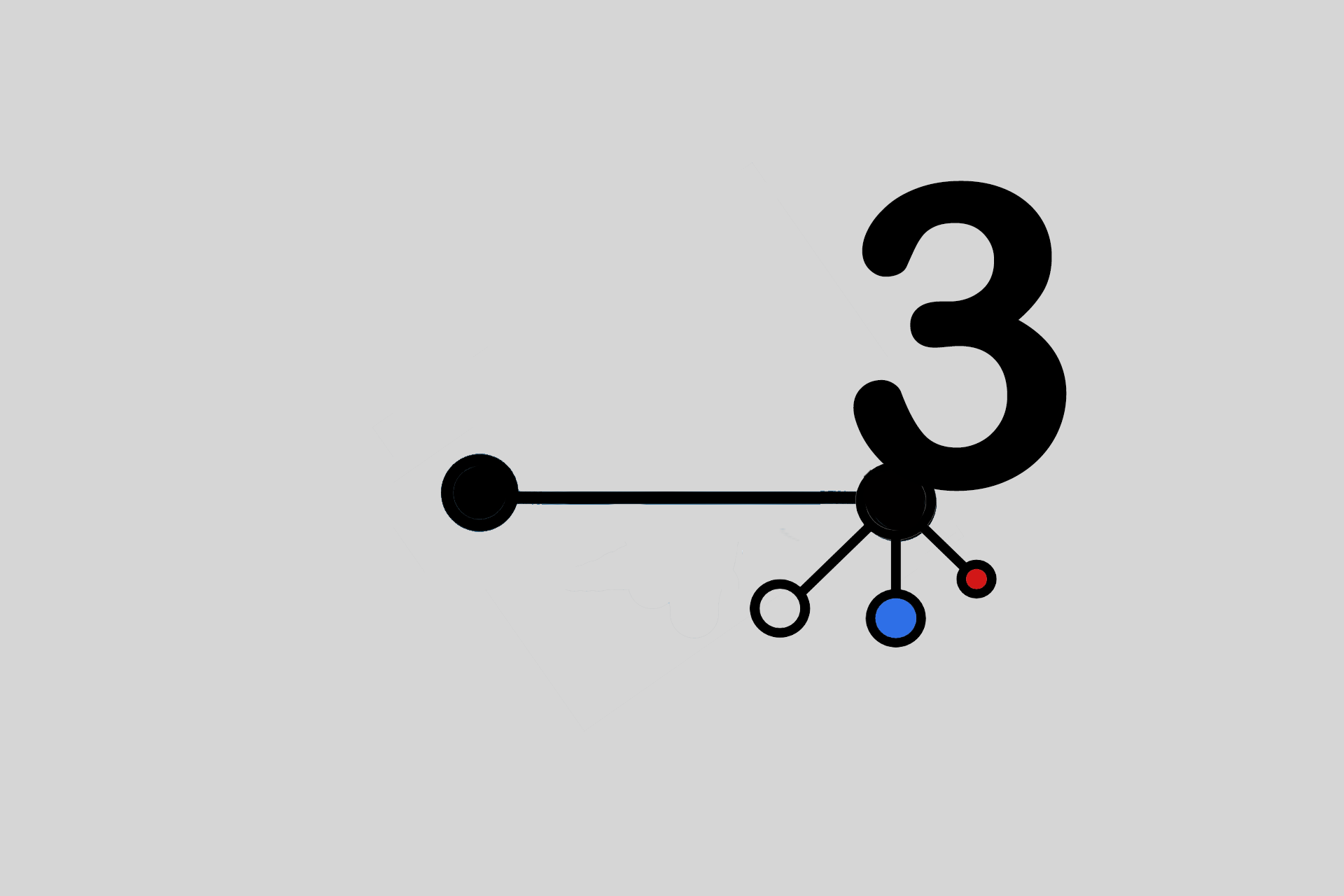Decision-making techniques for self-organised project teams – Part 2
Values and principles as the basis for decisions
The interaction of decisions and projects, the way decisions are made, manifests the values and principles that apply in a project team and/or a company.
It is precisely in decisions that it is evident what is really important to the company, what values and principles apply. The way decisions are made significantly shapes the connection of people with each other and especially with the company and determines the credibility of the management.
Prerequisites for decisions in the project team
First of all, it makes sense to clarify some prerequisites in advance: Basically, good decisions in teams need a common understanding of the framework and the decision-making process or the decision-making techniques used. This must always be clarified in advance and also includes clarifying the expectations of the decision:
- What is the goal of our decision?
- What should the decision achieve for us?
The classic democratic majority principle is still frequently used for decisions in teams. However, this often reaches its limits. “There are winners and losers” and often a single vote, “the tipping point”, tips the scales. This often leads to undesirable consequences such as decision fatigue. To make “right” decisions in project teams, you should start with the following three points:
- Clarify the framework conditions for the decision and the guard rails set by the company (values and principles).
- Clarify what the desired goal of the decision should be.
- Clarify which decision-making technique fits the current issue.
But why are decisions in the project team so important for the success of the project now?
Decisions in the project team
Ideally, teams make more competent decisions because problems can be discussed from different angles, the knowledge base can be increased and one-sided views of problems can be circumvented.
However, team decisions are only better than individual decisions if they are made against the background of
- different areas of knowledge of the participants,
- an intensive exchange of information,
- an open processing/evaluation of information.
It is therefore extremely important to put together project teams in such a way that as much specialised knowledge as possible is brought in and that this specialised knowledge can also be openly exchanged and discussed.
Including managers in the decision-making rounds is only recommended if they concentrate purely on their area of knowledge and should not or do not want to act in their role as managers and thus as decision-makers.
When making decisions in project teams, however, there are also a number of typical pitfalls that need to be considered:
- Risky decisions
The project team may prove to be “braver” because, unlike the individual, it can spread the risk of wrong decisions over several shoulders. - Rash consensus
Especially project teams that are coherently composed tend to come to a decision quickly after a brief exchange of arguments known to all sides. - Exchange of one-sided information
Discussions usually revolve around arguments that are known to everyone. Consequently, specialised knowledge tends to be demanded and contributed less often or even more accidentally. - Evaluation of one-sided information
Majority arguments, i.e. those that are familiar to all, are considered more important. Individual opinions tend to be perceived as insignificant.
The project team should observe whether they tend towards the pitfalls mentioned above. Especially in the case of “risky decisions”, it should be weighed up whether this is a risk that can be assessed, or whether the team is simply making risky decisions (without weighing up the opportunities and risks), as the consequences can be “passed on” to others if need be.
In order to avoid the above-mentioned pitfalls influencing the decisions, there are different decision-making techniques.
Three decision-making techniques for simple, complicated and complex decisions
In the Cynefin model you will find a total of 21 different decision-making techniques (please see Part 1). In the following I describe three decision-making techniques in detail. These belong respectively to the categories simple, complicated and complex:
- Priority Pin (simple)
- Morphological Box (complicated)
- Utility Analysis (complex)
I will describe other decision-making techniques in subsequent blog posts.
Priority Pin
Benefit:
Setting priorities.
Objective:
Comparing evaluation criteria in pairs shows the relationships between criteria and their importance.
Application:
Each criterion is compared in pairs with every other criterion. The priority pin is always helpful if the criteria to be considered are always to be ranked according to their comparison with each other.
The priority pin is suitable for simple decisions. It can be used by an individual or by a team of 4 – 5 members (flip chart). The number of criteria should not exceed 9.
Procedure:
The criteria are collected by brainstorming and written down one below the other. This is followed by the drawing of the pencil. Each criterion is assigned to a letter from A – I if necessary. Now the individual criteria are compared in pairs and the letter of the more important criterion is written in the corresponding field. The letters are counted and thus the ranking of the criteria is determined.
Example:
Purchase of a car.
Morphological Box
Benefits:
Setting priorities.
Objective:
Since in a morphological box a decision problem is broken down into a large number of individual parts and as many solutions as possible are developed for each individual part and combined with each other, the morphological box is well suited to make the complexity of the decision situation transparent and to find creative solutions.
Application:
Complex tasks are reduced to their sub-elements and presented in an order scheme in one column below the other. For each of these sub-elements, further partial solutions are then sought line by line, independently of the problem, and systematically varied with each other. Basically, the morphological box stimulates the understanding of a holistic view of an issue and promotes a creative examination of the decision topic. Especially in interdisciplinary project teams, the structure of the method gives enough space to discover different perspectives and solution levels.
Procedure:
- Analysis and formulation of the question.
- Determination of all factors influencing the question.
- Determination of all characteristics / criteria for the influencing factors.
- Compilation of a morphological matrix.
- Compilation and analysis of all possible alternatives.
- Evaluation and selection of the best solution.
Example:
Design of a seminar concept.
Utility Analysis / Decision Matrix
Benefits:
Setting priorities.
Objective:
The utility analysis / decision matrix is particularly suitable for situations in which a higher number of criteria have to be considered simultaneously.
Application:
Different decision alternatives are to be evaluated relative to each other and the best solution with the highest utility value compared to the alternatives is to be found. The basic idea is to develop binding and weighted evaluation criteria for the decision options and then to prioritise the decision options with the help of these criteria.
Procedure:
The question must be clearly defined in order to then determine the criteria according to which the various alternatives are to be evaluated. The next step is to weight the criteria in terms of their importance.
The following points are to be delineated from the respective perspective of goal and framework:
- Necessity versus usefulness
- Necessity criterion versus desirability criterion
Each alternative is checked whether it fulfils these criteria or not. If an alternative does not fulfil a necessary / must criterion and if fulfilment cannot be achieved with a reasonable effort, the alternative is to be deleted.
In order to find out which of the remaining alternatives most closely fulfils all the conditions, the alternative that best fulfils the wish is selected for each criterion and evaluated with a scale score of 10 points. The alternatives are measured against this and rated lower relative to it (or the same if they are identical). A scale of 10 – 0 is suitable here. Alternatively, the ranking can also be determined.
Example:
Selection decision for a car purchase.
In the above example, all 3 vehicles have achieved the must criteria or necessary, therefore the desired criteria / usefulness are the deciding factor as to which vehicle “wins” the decision. The vehicle with the highest GW value (weighting of the condition x value of the alternative) and thus the best alternative is the “Colt” with 312 points.
Conclusion
In the context of projects, decisions are important from several aspects. On the one hand, the way decisions are made has its origin in the culture or values of the company. At the same time, decisions, driven by values and principles, also influence the success of projects and companies.
The central trend towards decisions is: “From centralised final decision-making power to decentralised decision-making competence”.
In this sense, use the competence of the project team and make decisions with the right decision-making technique, because this is an essential basis for the success of your projects.
Notes:
The next part of the series is about decisions in the VUCA world and includes more decision-making techniques.
Cornelia Kiel has published further articles in the t2informatik Blog:

Cornelia Kiel
Cornelia Kiel has been managing projects intelligently and sustainably for over 20 years. She uses a wide range of methods: from the waterfall to the V-model and the various agile frameworks such as Scrum, Kanban or SAFe – always in the interests of an efficient project.
Her clients benefit from her extraordinary wealth of experience as a project manager, ScrumMaster, AgileCoach, moderator and BVMW-certified consultant for medium-sized companies.
In the beginning there is always the question of why. – Even as a child she drove her father to despair with this. – With this curiosity, Cornelia Kiel will work with you to find out the meaning and purpose of your project. The question of the benefit for your customer is also answered. From this starting point, you will reach the goal of your project in a focused manner.





